List of Authors
>>About this blog
Recent blog post
|
[rosemary sea]
June 30, 2018 09:00
This is rosemary sea, which covers "gifts and enjoy yourself" as an essence.
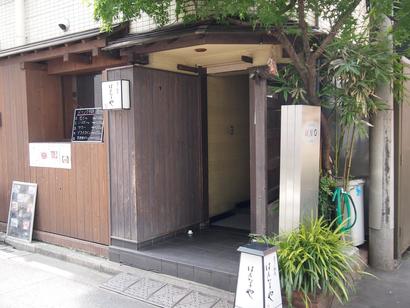
We asked Hannariya, a Kyoto restaurant, a Kyoto treat.
This is also ahead of the interview offer from Rosmali niece M generation.
Mr. M, said, "Hannariya's soup roll egg was delicious."
Mr. Tomoyuki Matsugami, the owner of Kyoto treat Hannariya and Mr. Yoshido Co., Ltd. Representative Director Tomoyuki Matsugami gave permission to publish it.
Hannariya is a Japanese restaurant located in Nihonbashi where you can easily enjoy the taste of Kyoto and seasonal dishes made with ingredients sent directly from Kyoto, such as Kyoto vegetables, dried fish, and dried fish.
A variety of Kyoto dishes and "Obanzai" that bustle the dining table, with meticulous attention to each dish.
You can spend a relaxing and satisfying time.
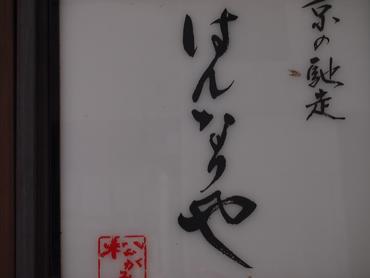
Hannari ...
Kyoto language that expresses bright, elegant and gorgeous appearance.
It is said that "there is flowers" and "flowers" are derived.
Kyoto language is very soft and comfortable sound.
It seems that there is something that can be connected to Hannariya's hospitality.
Kyoto vegetables...
Kamo eggplant, Mibuna, shrimp potato, Shogoin Kabura, Yodo radish, Kintoki carrot, Kujo green onion, Manganji lion tang, ... .
One dish made with seasonal Kyoto vegetables, omakase course, etc.
This includes Wakasa's sweet bream, Sasagarai, Setouchi hamo, sea bream, etc., as well as raw fu, raw yuba, and bean wealth.
The ingredients of Hannariya are eye-catching.
Obanzai ...
Obanzai has the taste of a mother.
It is a side dish that bustles the dining table of Kyoto people, and is written as "Obansai".
Is it connected to "shokusai" in Kanto?
At Hannariya, you can have this in a private room, table seat, counter, or seat suitable for the situation.
The night seats are also attractive, but how about lunch when you don't have your shoulders?
・・・ We are planning to post an interview with the owner of Hannariya on the next page.
I'm looking forward to it.
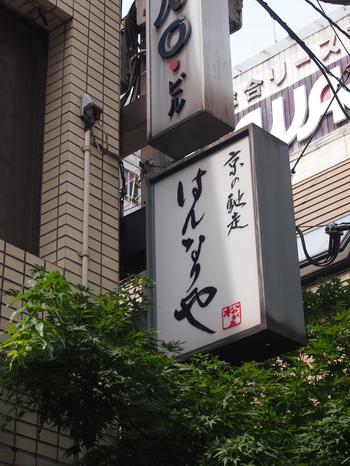
Kyoto treat Hannariya
1-11-15 Nihonbashi Muromachi, 2nd floor of UNO Building
3-minute walk from Exit A1 of Mitsukoshimae Station on the Tokyo Metro Hanzomon Line and Ginza Line
03-3245-1233
Business hours from noon to Friday from 11:00 to 14:00 (last order 13:30)
Night Moon to Friday from 17:30 to 22:00 (last order 21:30)
Soil From 17:30 to 21:30 (last order 21:00)
Regular holidays, holidays, and irregular holidays on Saturday
Click here for Hannariya's website.
⇒ http://www.hannariya.jp/
[Hanes]
June 22, 2018 18:00
Hello. This is a new correspondent, Hanes. 
There is something like a boom in history.
This year, 150 years after the Meiji Restoration, there are a lot of events and tours related to it!
Saigo Takamori, a related person, is also attracting attention, including Taiga drama series.
But at the same time, did you know that Jomon was hot after the tumulus?
"The most beautiful mysteries in the world" and "the origin of beauty in Japan"...
It is called "Jomon" and attracts attention worldwide.
At the Tokyo National Museum, special exhibition's "Jomon: The Beat of 10,000 Years of Beauty" began on July 3.
Also in early July, the movie "People who are addicted to Jomon" will be released.
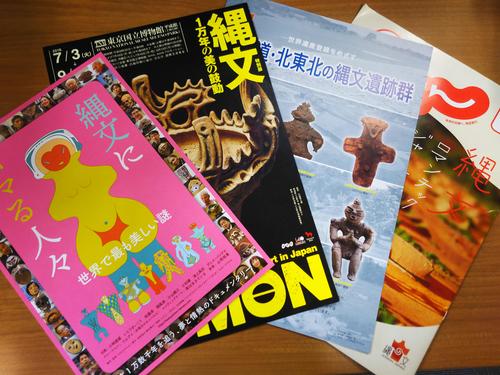
In addition, the Jomon archaeological sites in Hokkaido and northern Tohoku are aiming to be registered as World Heritage.
An unprecedented Jomon boom has arrived, such as a tour of Jomon archeological sites.
Furthermore, "Omprisey Miyake" developed a collection inspired by Jomon pottery decorations and patterns in the fall and winter of 2017.
This spring and summer fashion incorporates clay figurines as motifs.
Some experts say that Jomon pottery and clay figurines are modern designs.
Jomon may have been a gorgeous and attractive era.
This time, we will introduce a talk about clay figurines held at Kouyama Ryusen-do, a long-established antique art museum during the Tokyo Art Antique period, as well as sweets on the theme of Jomon period that can be enjoyed in Chuo-ku and ward around Jomon period.
Talk by Kimiyuki Kawashima, Representative Director, "DOGU - Dogu Various Dogu"
There are parts that are connected to other civilizations, and the daily lives and prayers of the people at that time are reflected.
I was able to learn about the charm of clay figurines that I didn't teach at school.
Here is a brief introduction of the contents of the talk.
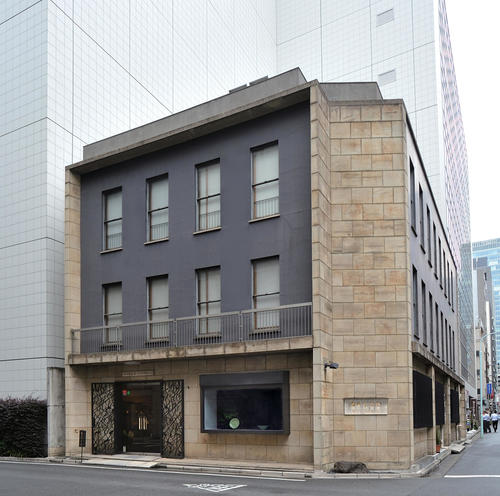
(Image provided by Kouyama Ryusen-do)
■Worldwide!
In the pre-stage of civilization (especially after the late Paleolithic age), earthen and stone doll statues have been found around the world.
The image of a woman excavated from the Dolni Vestnis archeological site in the Czech Republic is shown.
It is very similar to the "Jomon Venus" excavated in Japan.
Similar female images have been found in Germany, Switzerland, and the Indus River basin.
It can be seen that many human groups on earth were wearing such production techniques.
However, the Chinese civilization, which had already made pottery using pigments in 6000 BC, is exception!
It was during the Warring States period between the 5th and 3rd centuries BC that black pottery warriors and warriors began to be made.
This point seems to be unexpectedly blind spots among clay figurines researchers.
The details are expected to be gradually revealed in future studies.
■Reflection of Lifestyle
It is said that the Jomon clay figurines can read the life at that time.
From the beginning to the first half of the year: Because hunting is the main thing, there are many small and simple clay figurines that can be carried around.
Medium-term: The climate is stable and a huge settlement is created, and the number of gorgeous clay figurines with attention to detail increases.
■The motif is a woman
Since ancient times, many idols in the shape of women have been made from prayers for fertility and fertility.
Example: "Squealing clay figurines" (with earthen balls in the abdomen) inspired by a woman who lives.
Clay figurines representing the scene of childbirth (Tangible Cultural Property designated by Yamanashi Prefecture)
However, with the passage of time, the priesthood elements associated with the Gemojin were added.
In the late and late stages, they began to have funeral-related and human-separated elements.
It is a clay figurine that tends to be put together in the Jomon period.
In fact, I was able to know again that the meaning and application are diverse.
Chuo-ku, before and after Jomon period
Chuo-ku has gradually increased landfills since the opening of the prefecture, and flourished.
Therefore, it is no exaggeration to say that there is no previous image.
However, the Tokyo Metropolitan Government White Paper on Buried Cultural Properties (1977) records that there are two shell mounds in Chuo Ward.
Did people already live in the area that was land for a long time before and after the Jomon period?
In a lecture in 1935, Dr. Ryuzo Torii, a leader in prehistoric and anthropology in East Asia, gave a lecture.
It is said that deer bones and flat stone tools from Paleolithic period were excavated from the place where it was Shirakiya at the time.
Unfortunately, the discovery was lost in the Shirakiya fire several years before the lecture.
It seems that there are no photographs or records like this....
No matter how true or false, there is romance.
In 1951, a small woman's human bone of about 20 years old at 120 cm was discovered from the construction site of Mitsui Annex, and the newspaper introduced only to the ancestors of Shimomachi daughter as "Nihonbashi Komachi"!
Dr. Nobuo Naora, who investigated, thought of it as an ancient man from the excavated layer of bones, and named it "Homosapiens / Nihon Basiens".
Another doctor criticized me that he was close to the skulls of the Middle Ages and early modern times, and that he was not an ancient man.
"Nihonbashi Komachi" and "Homosapiens and Nihon Basiens" are unique names, right?
In the end, no Jomon period archeological site has been identified in Chuo-ku.
There was an interesting fact that I didn't expect.
There are many mysteries that have not been elucidated in modern times, and I'm just crazy about it.
And finally, I would like to introduce sweets with the theme of clay figurines.
It is Ginza NAGANO that handles such unique sweets.
The relationship between Nagano and Jomon may not come easily, but it may not be easy to see.
Actually, the famous "Jomon Venus" was excavated at the Tanahata archeological site in Chino City, Nagano Prefecture!

(Image provided by Ginza NAGANO)
The first thing that caught my eye in the corner where products related to Jomon were lined up was that
Not only the shape, but also the acorn flour and the ingredients here are Jomon-like cookies.
I'm looking forward to seeing what it tastes!
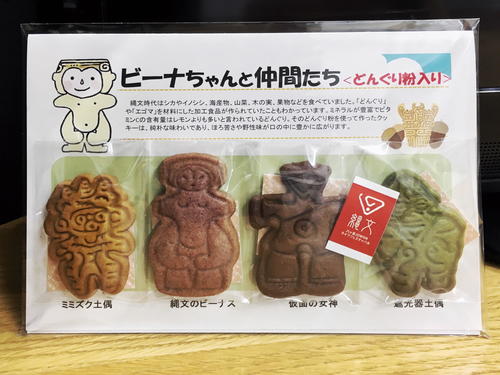
In addition, it is included in an easy-to-carry package that is perfect for gifts.
We also sell three-dimensional Jomon Venus and Masked Goddess Yokan.
Not only Jomon enthusiasts, but also Jomon beginners.
This summer, an antique store, a museum, a movie theater, an antenna shop.
Have you rediscovered the charm of Jomon?
[An antique shop in Chuo-ku that deals with Jomon period relics and clay figurines]
Kouyama Ryusen-do
〒104-0031 2-5-9, Kyobashi, Chuo-ku, Tokyo
Business hours 10:00~18:00
Regular holidays: Sunday and public holidays
http://www.mayuyama.jp/
Go
"Tokyo Art Antique" was held at the time of the event.
It was said that Jomon-related products are not always lined up in stores.
We have a wide range of interesting products, including archeological artifacts.
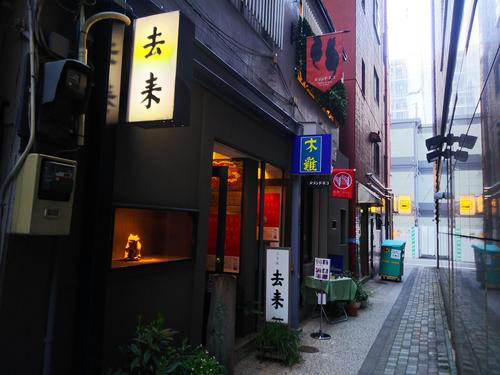
〒1-6-14 Kyobashi, Chuo-ku, Tokyo 104-0031 1st floor of Saeki Building, 1-6-14 Kyobashi, Chuo-ku, Tokyo
Business hours 14:00~18:00
Regular holidays: Sunday, Monday and public holidays
http://www.kyorai-art.com/
[Sweets with Jomon and clay figurines as motifs]
Ginza NAGANO
1F, 2F, 4F, NOCO Building 5-6-5 Ginza, Chuo-ku, Tokyo
Business hours 10:30〜20:00(1F・2F)
Regular holidays: New Year holidays
[Event information about Jomon and clay figurines]
special exhibition "Jomon: The Beat of Beauty of 10,000 Years" (Jomon Exhibition)
More than 10,000 clay figurines from Jomon period were excavated from all over Japan.
Only 5 points have become national treasures! It's a great opportunity to see precious clay figurines.
From July 3 (Tuesday) to September 2 (Sunday), 2018
Heiseikan, Tokyo National Museum (Ueno Park)
http://jomon-kodo.jp/
The movie "People who are addicted to Jomon"
The screening schedule will be announced at a later date.
Theatre Image Forum (Shibuya)
http://www.jomon-hamaru.com/
[References]
Susumu Kitahara, Sumiyoshi Yamamoto (1979) "Tokyo Furusato Bunko 21 History of Chuo-ku", edited by the Society for Furusato in Tokyo, a famous book Publishing.
Shunbu Jubishi, Shotaro Nomura (1984) "The 30,000 Years of Tokyo Talked by Archeological Sites", supervised by Mitsunori Tozawa, Kashiwa Shobo.
MIHO MUSEUM edition (2012) "Togu / Cosmos" Hatori Shoten.
※The photos of the store have been approved by the person in charge.
[Dharma]
June 16, 2018 18:00
The Sanno Festival "Shitamachi Union imperial procession" was held on Sunday, June 10 between the Kyobashi Police Museum and Nihonbashi on Chuo-dori. The street is completely closed. Before twelve o'clock, 17 units from each town lined up, starting in front of Tokyo Square Garden, where hydrangea was at its best. Around 12:30, imperial procession started with a woodwork of Tobito people and a single tightening. It's raining, but the shouts sound! The powerful portable shrine landscape of men and women of all ages is wonderful. "Nihonbashi" without stopping momentum ... near the main plate of Japan Road in the center, portable shrine is given to each unit....About two hours of imperial procession finished.
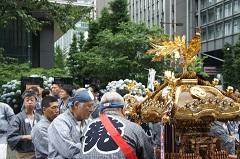 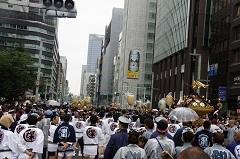
 
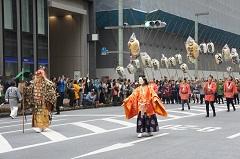 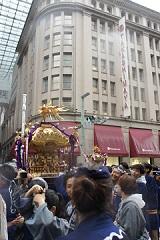
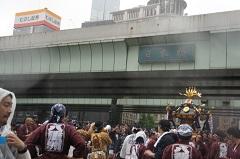 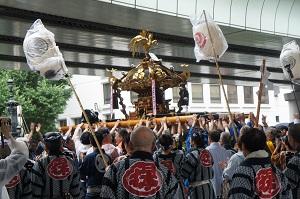
[Sam]
June 15, 2018 18:00
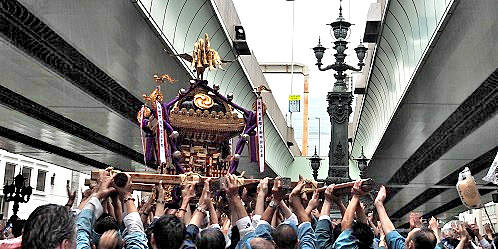 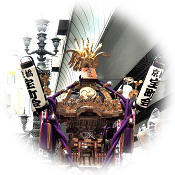 On June 10, in the Kyobashi and Nihonbashi areas, "Shitamachi Union imperial procession" of the Sanno Festival in the Reitaisai festival of Hie-jinja Shrine was held in the rainy weather. On June 10, in the Kyobashi and Nihonbashi areas, "Shitamachi Union imperial procession" of the Sanno Festival in the Reitaisai festival of Hie-jinja Shrine was held in the rainy weather.
We hear that the "Shitamachi Union imperial procession" began in 2002 when the number of bearers decreased due to the progress of urbanization after World War II and the carrying of miniature shrines of each town council was lost, and the youth club of Nihonbashi, which felt a sense of crisis, approached Kyobashiimperial procession in 2002 to excite the festival as a whole. Then, in 2006, Kayabacho joined Hatchobori in 2008, and now shrine parishioner and others in four districts work together to walk along the giboshi-uchi (Kyobashi-Nihonbashi) on Chuo-dori, where 17 portable shrines, led by the woodwork of Tobito.
On the Nihonbashi area, the shrine parishioner of Kanda Myojin in Honmachi, neighboring Muromachi, greets the portable shrine high in the sky near the Japan Road Original Voucher in the center of the bridge.
1.
June 15, 2018 09:00
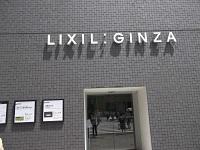 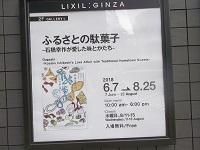
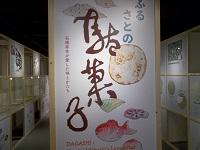 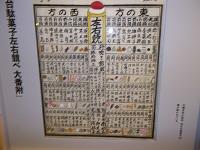
Sprayed candy, karinto, twisting, karumerayaki, and local sweets are now booming and each department store has corners. This exhibition, which was filled with nostalgic candy, said, "For half a century, Kosaku Ishibashi (1900-1976), a candy craftsman in Sendai City, completed a field survey of major cities in Japan from Tohoku to Hokkaido to Kyushu. This is a record of local sweets compiled in a booklet that has been written and bound as detailed records in pictures and sentences. " (Exhibition Pamphlet)
Simple local sweets made from flour, syrup, brown sugar, etc., manufactured nationwide from the Edo era to the Meiji and Taisho eras, are called "candy" for sweets made from white sugar. Mr. Ishibashi categorizes the types of candy into "faith confectioneries", "michinaka confectioneries", "event confectioneries", "drawn confectioneries", "drug confectioneries", etc. Mr. Ishibashi seems to have a lot of pictures, saying, "The definition of candy is history and climate," which is recorded in the record of the children. Since I was free to shoot, I would like to introduce a few items that show the atmosphere from the "Dagashi pilgrimage". "Yakudagashi" has toothache and diarrhea, and it seems that this was sold at a drug dealer, but "Dagashi with toothache" is something funny.
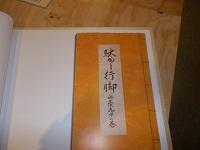 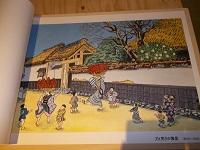 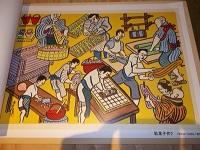 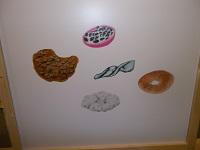
As a related project, a lecture "Furusato Candy Sendai and Its Food Culture" will be held on July 17th. Participation fee is free, but reservations are required (I have already applied). If you are interested, please refer to the following link.
http://www.livingculture.lixil/gallery/
Telephone LIXIL Gallery 03-5250-6530
"Dagashi with Hometown-Taste and Shape Loved by Kosaku Ishibashi" exhibition until August 25
LIXIL Gallery Kyobashi 3-6-18: 00-18: 00
On the way to Takashimaya-san after leaving the venue, I saw the sacred winesho and the festival Japanese lantern everywhere, and realized that this year was the year of the Sanno Festival. Just today, it is the Shinko Festival, and the city is full of visitors from the cruise line such as Goho and floats.
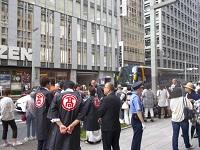 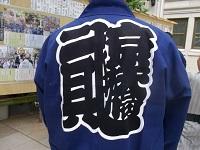 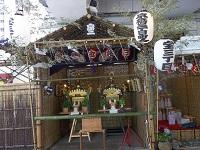
[wienerhorn]
June 13, 2018 18:00
Directly connected to Tokyo Metro Kyobashi Station, Tokyo Square Garden is a large-scale office building completed in 2013. It incorporates various environmental technologies such as solar power generation, underground heat utilization, and BEMS (Building Energy Management System), and boasts the highest level of environmental performance in Japan.
On the 6th floor, there is the Kyobashi Environmental Station as a place to disseminate information to the community, and the Chuo Ward Environmental Information Center is also on this floor.
Pedestrians' eyes are various plants from the first basement floor to the fifth floor above the ground, and are named "Kyobashi Hill". The cherry blossoms in spring were wonderful. The greenery in spring were wonderful. The greenery in the city center of the building is a lot of heart. in the city center of the building is a lot of heart.
When I asked the person in charge of Tokyo Tatemono Co., Ltd., which is the business entity, it was one of the confident works of the company's projects in Chuo-ku. . It's great to be able to contribute to the community through business.
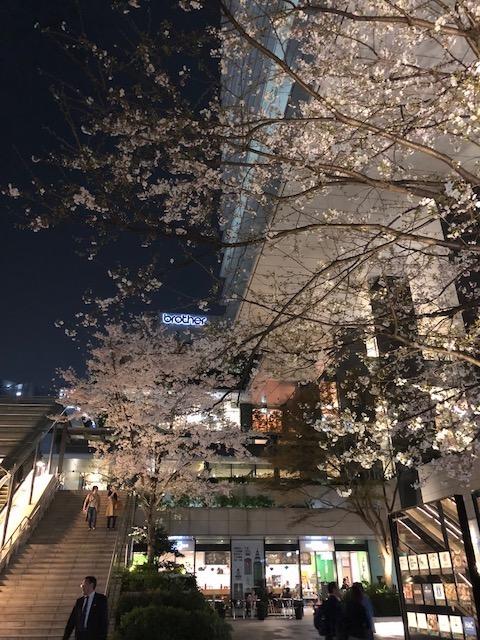 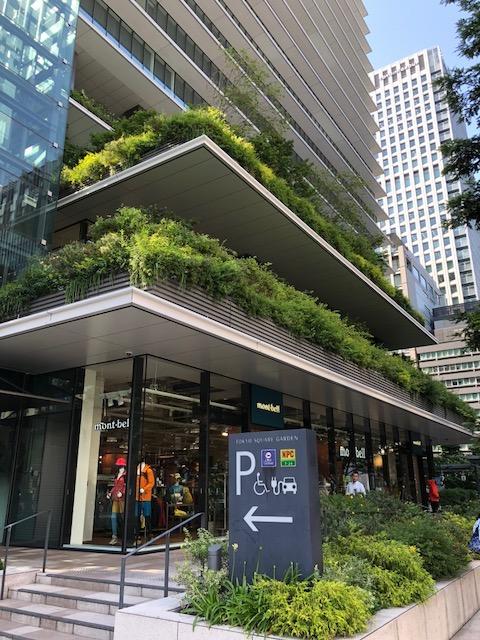 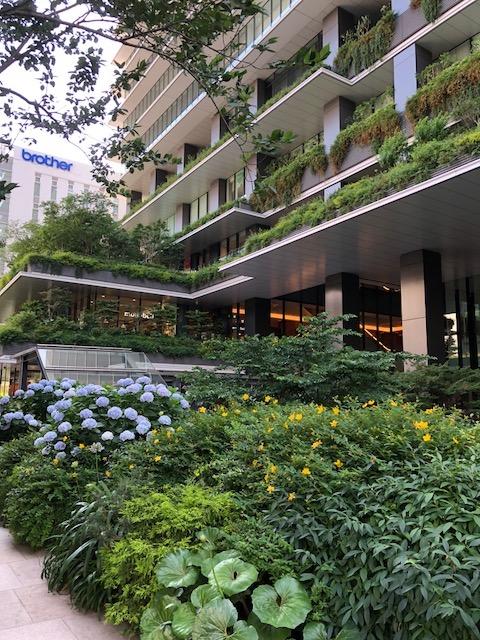
|
Links
|

















 On June 10, in the Kyobashi and Nihonbashi areas, "Shitamachi Union imperial procession" of the Sanno Festival in the Reitaisai festival of Hie-jinja Shrine was held in the rainy weather.
On June 10, in the Kyobashi and Nihonbashi areas, "Shitamachi Union imperial procession" of the Sanno Festival in the Reitaisai festival of Hie-jinja Shrine was held in the rainy weather.



